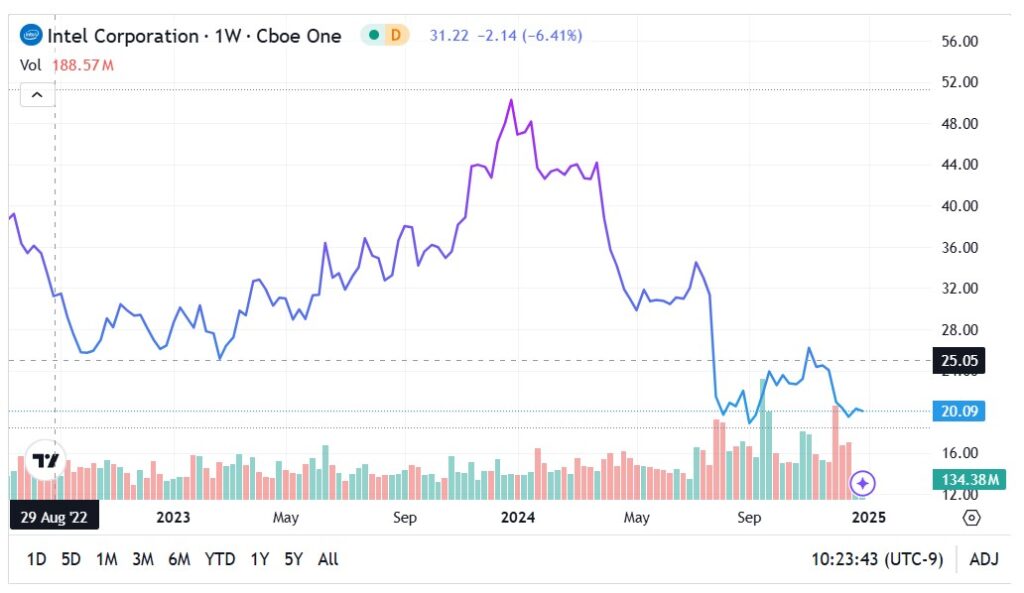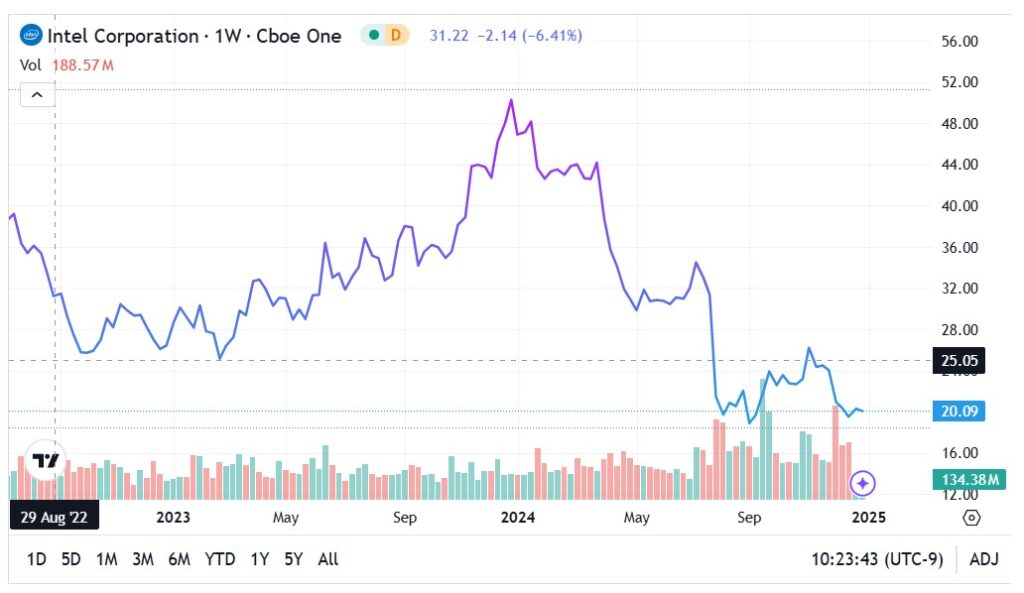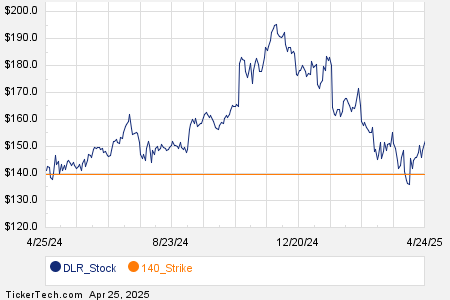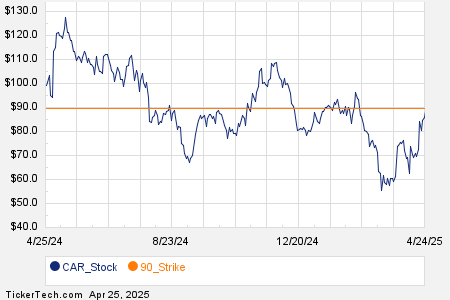Intel’s Rollercoaster Journey: A Closer Look at Recent Struggles and Potential Rebound
The semiconductor leader Intel Corp INTC finds itself in turbulent waters.
Over the last 52 weeks, Intel’s stock has plummeted by around 58%. A combination of management challenges and doubts about its competitiveness has clouded the company’s reputation. Yet, some analysts suggest that much of the negativity may already be reflected in the current stock price.
In early December, Intel’s board reportedly ousted CEO Pat Gelsinger after expressing dissatisfaction with the pace of his turnaround strategy. Despite significant measures, including a substantial workforce reduction, the board’s frustration was palpable.
During the business week ending on Dec. 6, Intel’s shares dropped by 15.78%, an indicator of the uncertainty surrounding the company.
In August, Intel faced a harsh reality check when it reported earnings per share of just 2 cents for the second quarter, falling short of the expected 10 cents. Analysts raised alarms about Intel’s market share losses to competitors. However, this negative news is now behind us, and some investors may see potential value in the stock.
Technical Indicators Tell a Different Story for Intel Stock
One bright spot for Intel stocks lies within technical analysis, which examines price movements to identify buy and sell moments.
Since the August earnings report, Intel has formed a pattern of rising lows, establishing a support level at approximately $19. Currently, investors appear to be holding their ground at the $20 threshold.

This trend suggests that investors are alert to any news that could favorably impact Intel’s prospects. After enduring layoffs, leadership shifts, and competitive pressures, much of the negative sentiment has been accounted for, leaving room for a potential recovery.
Statistical analysis also indicates a possibility for upside. Major drops in Intel’s stock are uncommon; over the past five years, only eight weeks have seen a decline of 10% or more without including last month’s figures. Out of these instances, Intel rebounded positively by the end of the fourth week only three times.
Thus, after December’s downturn, Intel appears to be stabilizing around the $20 support mark—a potential indicator for investors willing to take a chance.
Constructing a Bull Call Spread Strategy for Intel
For those considering speculation on INTC stock, an effective strategy could be the bull call spread. This involves buying a call option while simultaneously selling a higher-strike call option with the same expiration date. The premium from the sold option helps offset the cost of the purchased one, leading to a net bullish position.
Conservative investors might find the 18/20 bull call spread appropriate, buying the $18 call and selling the $20 call for the options set to expire on Jan. 24, 2025. This date aligns closely with Intel’s Q4 earnings announcement. A positive earnings report could lead to a significant stock price increase. Investors can also choose to close their positions early by acting on the strategy of buying the rumor and selling the news.
However, it is essential to note that a significant move past the short strike price limits potential profit, as gains are capped at that point. For those with a more aggressive strategy, the 20/22 bull call spread for the same January expiration could be more appealing.
This approach allows investors to maximize returns if Intel’s stock rises above $22 by expiration. This price target represents a midpoint between the current support level and the previous support around $25 from late 2022 and early 2023.
Now Read:
Image: Shutterstock
Market News and Data brought to you by Benzinga APIs



